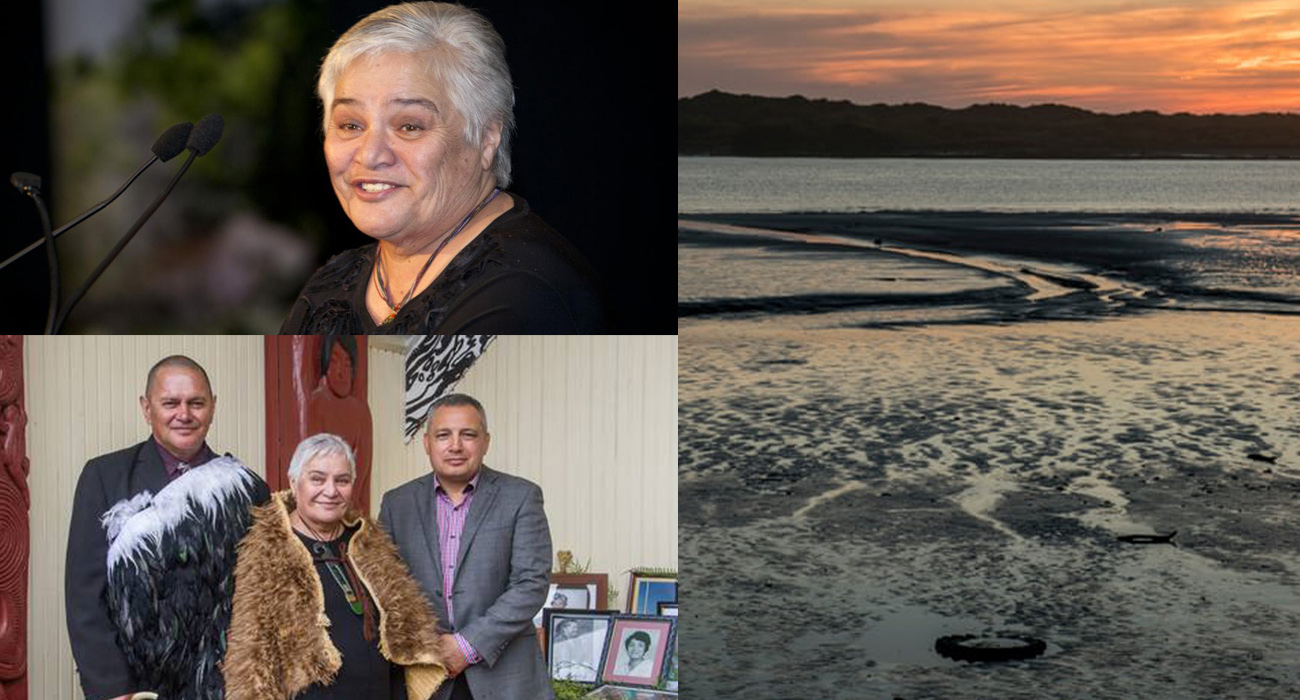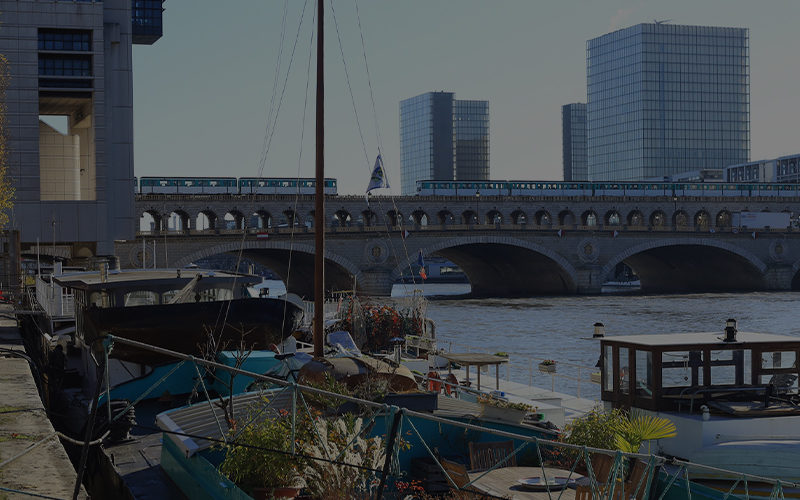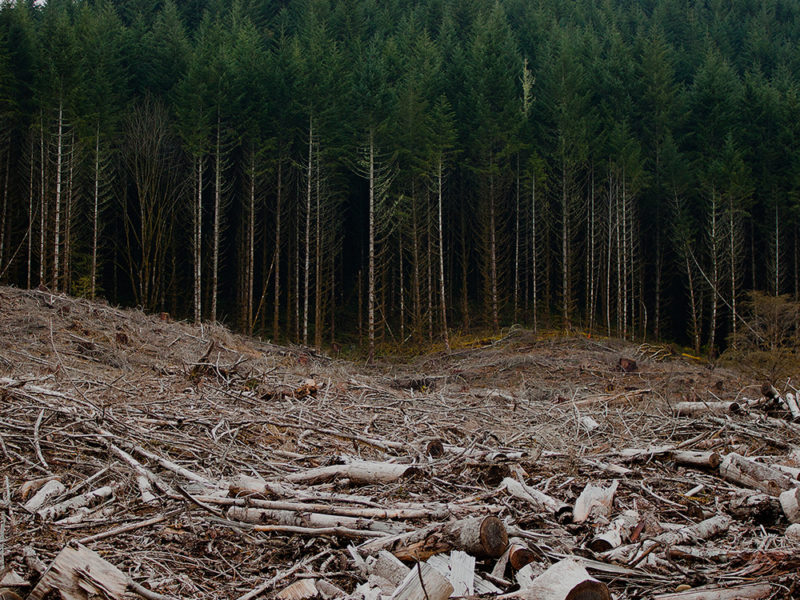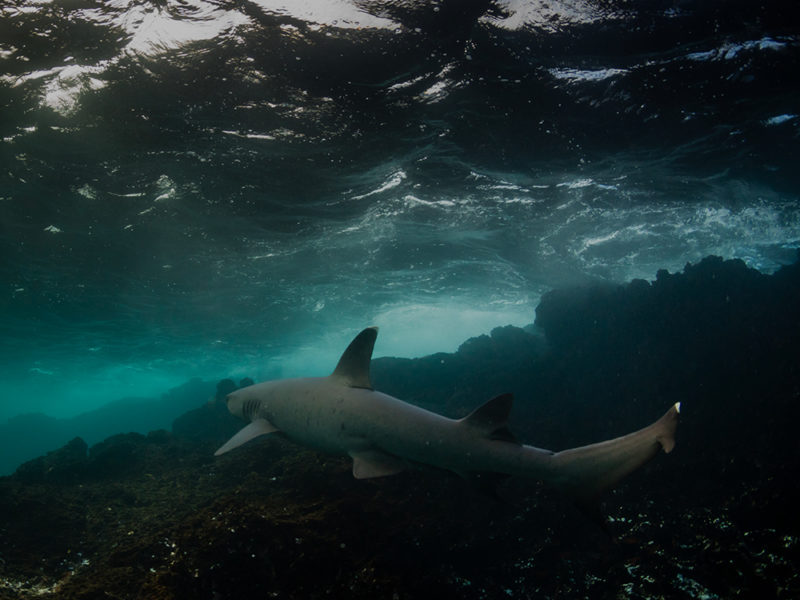It’s in New Zealand that for the first time in the world a river was given a legal personality. In 2017 the New Zealand Parliament approved the project. One of its architects is the former Minister of Justice, in charge of treaties with the Maori, Christopher Finlayson. With great humour he comments: « The people who read this declaration will say, « But on what planet is New Zealand living? » The Whanganui River (the third longest in the country) will now be able to defend itself in court, just like a human being or a business! However it’s not considered as a human but as an indivisible and living being. « I am the river and the river is me ».
This world precedent did not happen by chance. The Maori tribes that have lived along the Whanganui for nearly 700 years have always seen the river as sacred. « I am the River, the River is me » says an old Maori poem that the descendants of the Iwi (Maori tribes) of Whanganui continue to proclaim even to this day. The Maori have been fighting for its protection for 150 years. One of the beliefs of the first inhabitants of the island, transmitted orally for nearly 700 years, tells that the river springs from the heart of 3 volcanoes which are still active. The tallest of these is the Ruapehu, culminating at 2.797 meters. For the Maori it is the ancestor of everything.
The river flows through 2 national parks, a national forest, farmland, 2 large towns and many small communities during its journey. 260 kilometres further down it flows into the Tasmanian Sea, where, according to mythological accounts, the canoes of Maori navigators landed for the first time on the island, probably around the year 1000. For centuries the tribes have occupied the river, gradually moving along its waters and further inland aboard long sculpted pirogues. Fishing was always done according to rules dictated by the seasons and very specific rituals aimed at maintaining the diversity of the taonga, which means nature’s treasure: « The populations who lived on these shores long before European colonisation already considered this environment to be a living being » explains 70 years old Rangimoana Taylor. Born to an Irish-Scottish father and Maori mother, he is a respected storyteller of the history of this first people. He explains what characterises the Maori’s way of thinking. « We can’t understand our relationship with this river if we forget that we consider ourselves the « tangata whenua », the « people of the earth, » he continues. This notion, common to many oceanic communities, makes nature both a part of us, a member of our family, and also what is called a tupuna, an ancestor in the same way as our own forefathers. »
THE WHOLE WORLD IS WATCHING US
For the river to be protected by law, it took the friendship and political struggle of a Maori woman MP and a man, the Minister in charge of the treaties and a descendant of white settlers: Dame Tariana and Christopher Finlayson. On the 14th March 2017, in the New Zealand Parliament, Christopher Finlayson welcomed the vote on this text. He emphasised the pugnacity of the Maori: the law honours their struggle that lasted for more than 150 years. But it is also a world first: « What we have just done is very special and draws the eyes of the country, as well as the rest of the world on to us. » The text recognises Te Awa Tupua (the river, its tributaries and all that its waters touch) as a legal personality, an indivisible and living whole, from the mountains to the sea. On that day, on the Parliament balcony reserved for visitors, the representatives of the Maori community sang an ancestral song. Among them was Dame Tariana. She is one of the women politicians most respected by the Maori. Leader and defender of the tribes living along the Whanganui, she has been elected as an MP since 1996. She was a co-founder and leader of the Maori Party and has held several ministerial portfolios. The interests of the Whanganui will now be defended by an assembly made up of representatives of the various tribes and local authorities, presided by Dame Tariana.
In practical terms, how will the river be able to defend itself in court? New Zealanders joke that Whanganui could now vote, or be charged with murder if a swimmer drowns. What the Whanganui Law calls into question are the farming and forestry practices on the banks of the river, as well as the production of hydraulic energy. In 2004, long before the signing of the river agreements, the national company Genesis obtained the right to use Whanganui water for the next 35 years. The power company only takes 7% of the entire Whanganui River, but it is the clearest, cleanest and coldest water from upstream. Water quality data from the National Institute for Water and Atmospheric Research show that the lower part of the Whanganui River is often severely polluted. For the tribes who consider this river to be sacred, this causes environmental, cultural and spiritual damage. The Maori are therefore categorically opposed to the use of water from their river to generate electricity. But the law that gives the river new rights does not overturn pre-existing laws, including the agreement allowing the company to divert the water until 2039. Will the Maori and Dame Tariana succeed in making a difference, in the name of the river? Beyond the leap for climate justice and the preservation of the planet, this New Zealand precedent also soothes the relationship between the descendants of the aboriginals and the heirs of the settlers. « In just a few years the country has come along way towards reconciliation, » says the Maori storyteller Rangimoana Taylor. Gradually a new New Zealand identity is emerging, integrating all the components of society. Few nations have succeeded in such a revolution of mentalities in such a short time, and the Whanganui River is a strong symbol of this change.”





